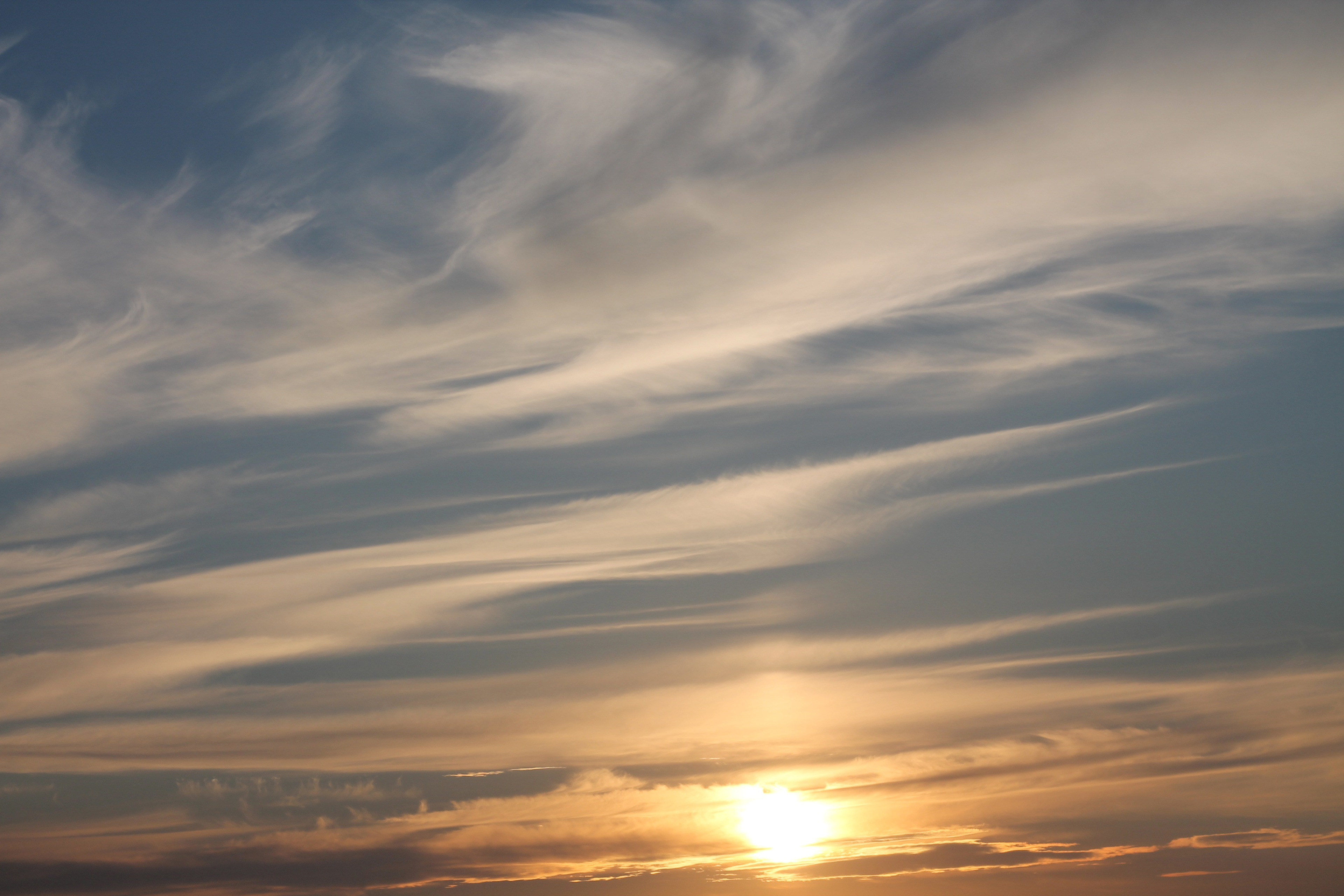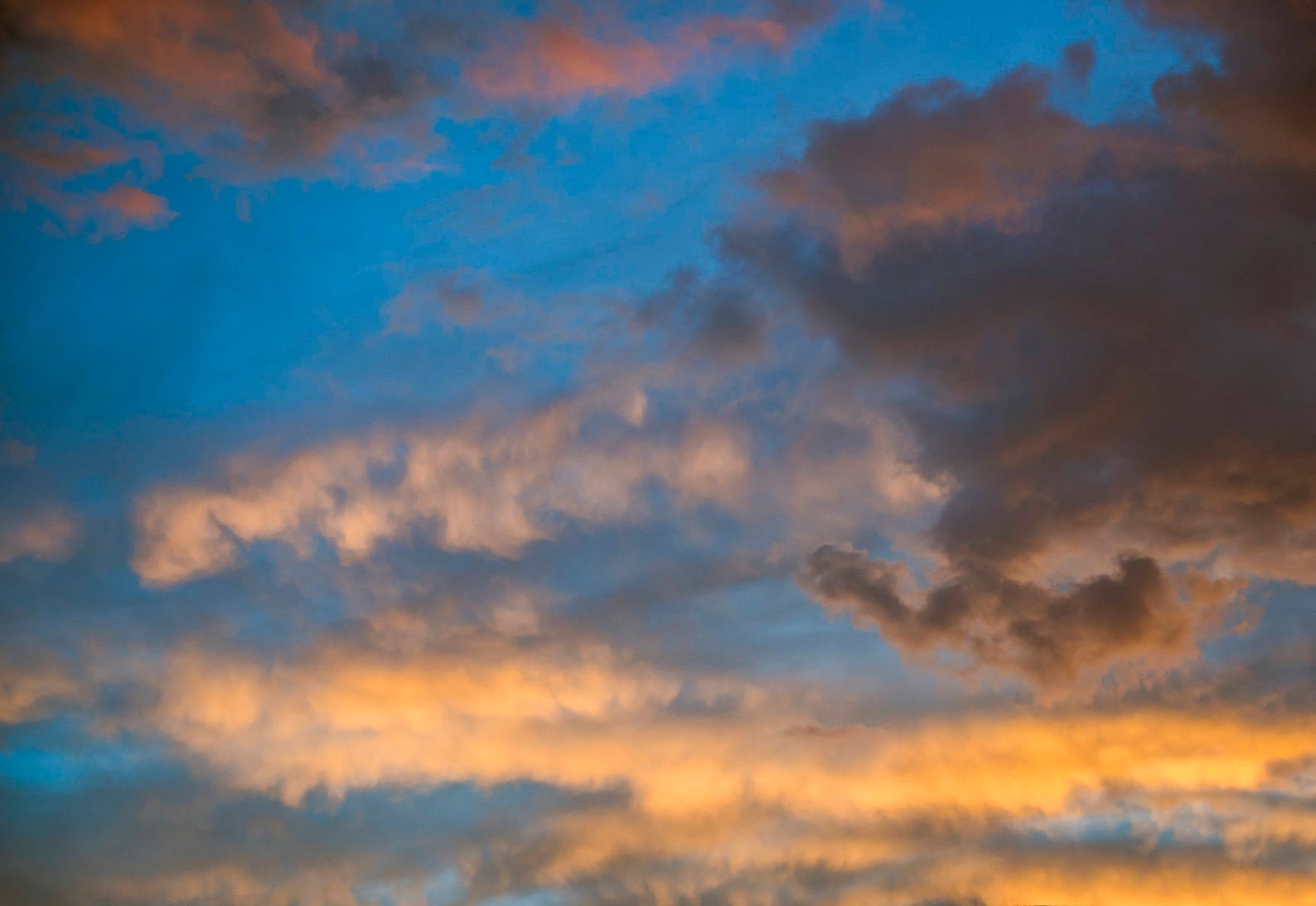

Next add a layer mask to the sky layer and, with a very soft brush and black selected, paint out those areas where you do not want the background image to interfere with the subject in the photograph.

This will usually darken the overall combination making it necessary to add a curves or levels adjustment layer on top to lighten everything. Next change the rendering mode of the sky image from “Normal” to “Multiply”. Drop the sky image on top of the other photograph.

Placing one of the sky backgrounds into an image with a white background is usually a simple process.

Placing an overlay on top of a photograph with a white background: Adding a curves layer to lighten to whole scene took away the darkness that usually accompanies the “Multiply” mode. All that needed to be done to complete the final image was to use a layer mask and paint out some of the sky that fell over the trees and vegetation. Because Sky044 has a large neutral toned area on the bottom it carried the tone into the water areas on the bottom of the landscape photograph. Placing Sky044 on top of the landscape and changing the sky layer rendering mode to “Multiply” merged the two images. The landscape on the left was taken at actual sunset, but there was no detail and very little color in the scene. Layering on top of an image using a sky having a neutral bottom: Adding a slight touch from a magenta photo filter adjustment helped harmonize the colors between the two images. Placing the sky at left as a layer beneath the city scene resulted in the photo below. Inverting the selection and using it to create a layer mask eliminated the sky from the middle sample. The Photoshop selection wand easily selected out the sky in the cityscape at left. This is often done by masking out the original sky and allowing the replacement sky to show through from the layer below. The most common use of a background sky is adding it as a background layer to replace the original sky in a photograph. The overlay files are high res and all have approximately a 6000 x 4000 pixel dimension to make them integrate better with images from modern digital sensors. The instruction sheet shows how to use these varying techniques. These fade images have the end of their filename changed to include the word, “fade”. In eleven instances the skies have been duplicated and a faded bottom has been added to make it easier to place them over another image and gradually transition into the sky. In some cases the bottom of the image has been extended with a harmonizing tone that makes it easier to integrate the sky and/or the color into the scene. This set of skies has been specially prepared to make them easier to use when adding them to another image in Photoshop. Of these, 6 are bonus images of frames, and 79 images in the actual Background Skies package. This set of overlays consists of 85 images.


 0 kommentar(er)
0 kommentar(er)
